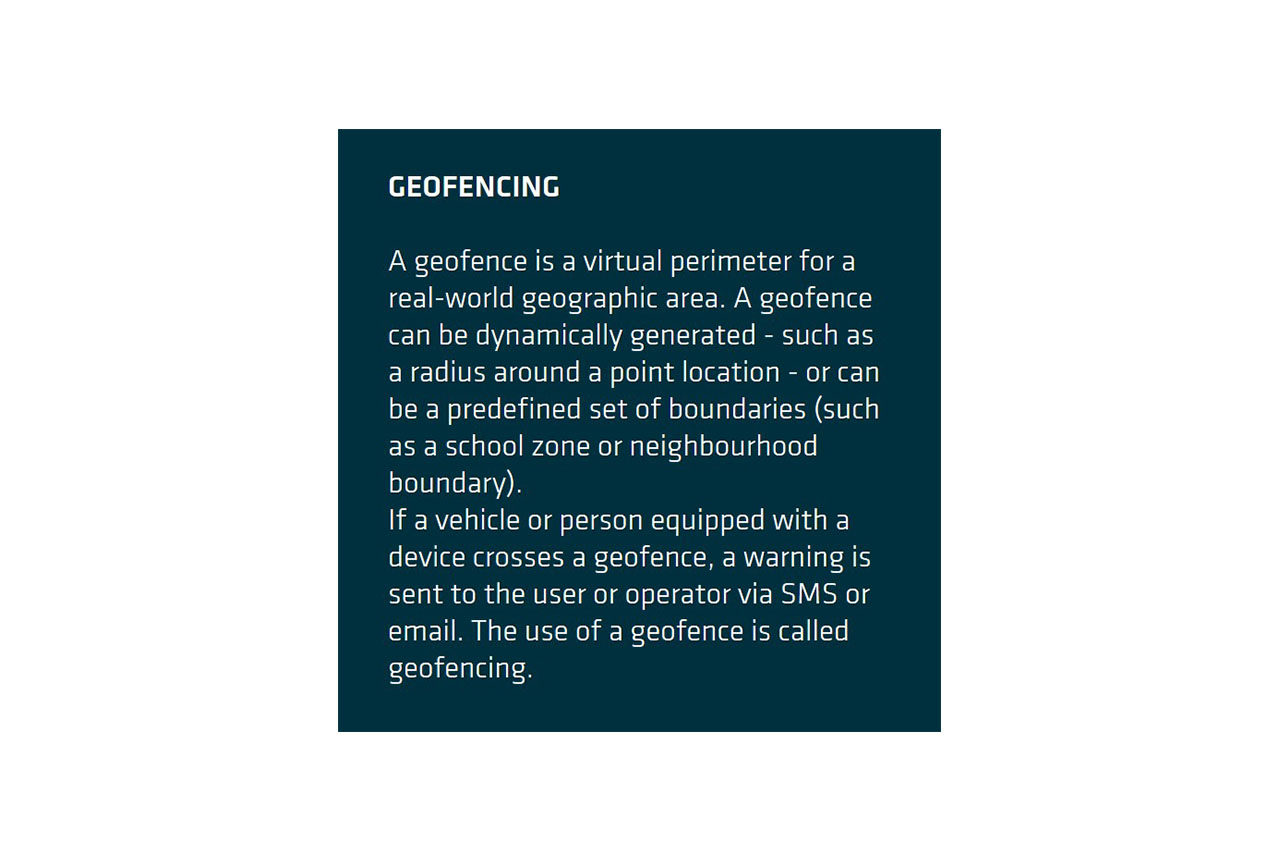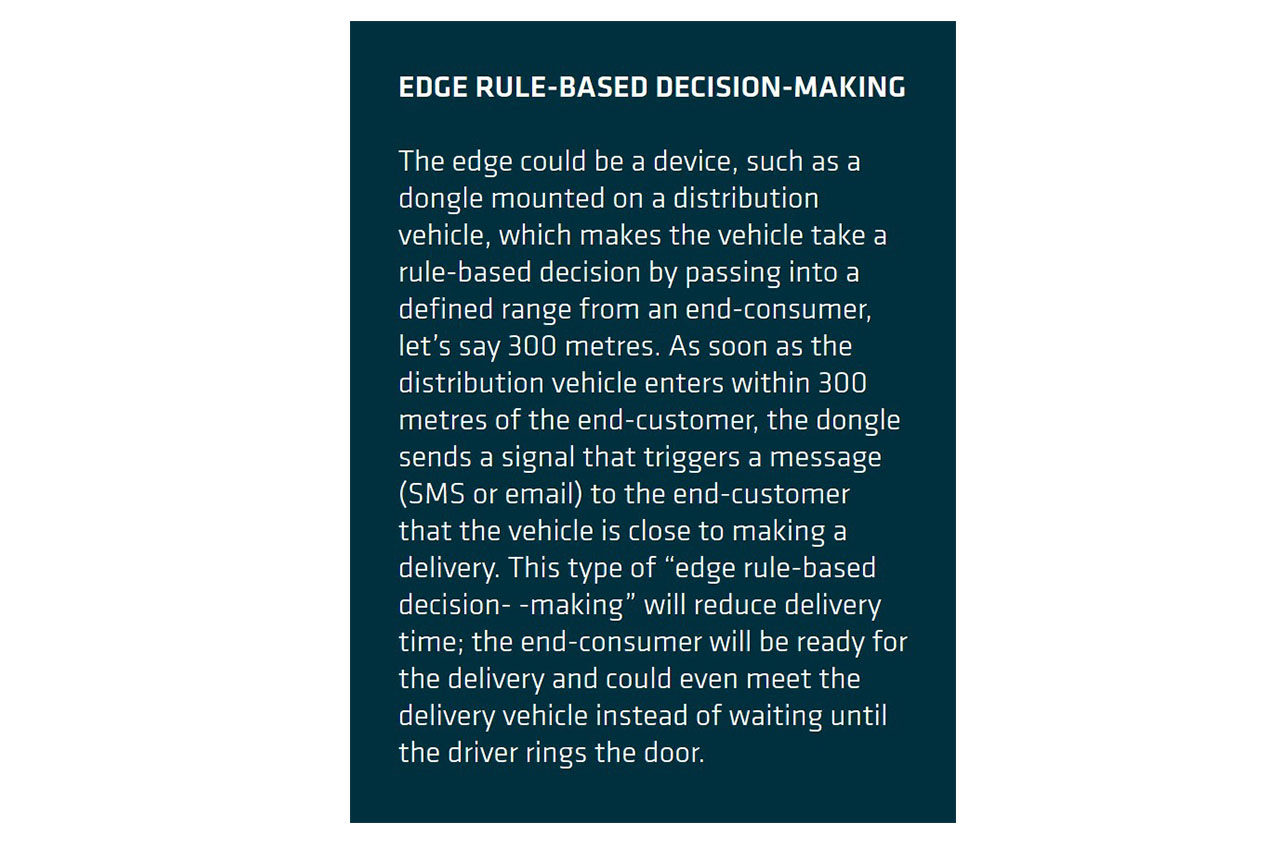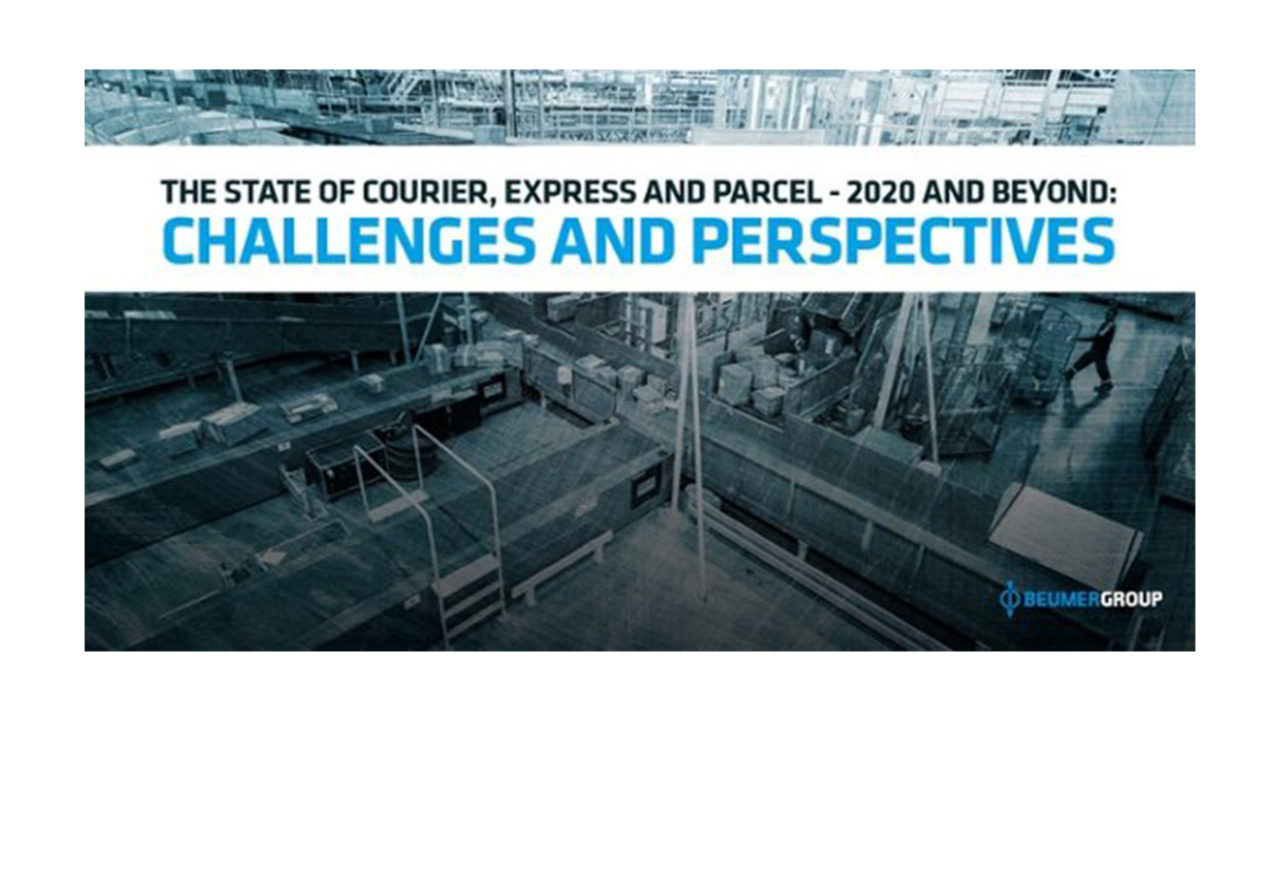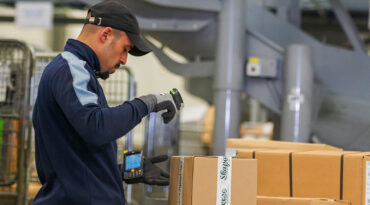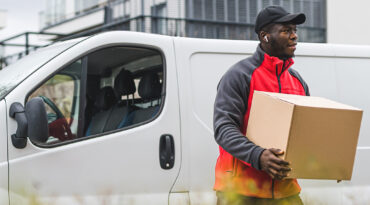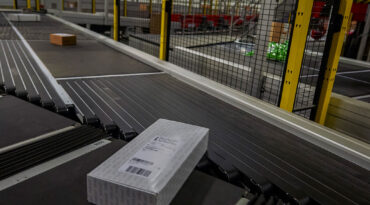PostNord, a national postal organisation that services the Nordic region, has certainly witnessed the surge in e-commerce. Christian Østergaard, Senior Group Strategist IT-production/ IoT/AI at PostNord, talks to BEUMER Group about how PostNord has responded to this transformation.
BEUMER GROUP: Firstly, can you describe how PostNord experienced the impact of the pandemic?
ØSTERGAARD: The pandemic impacted the different countries of the Nordic region differently so there were some regional variations, but overall, we experienced an increase in volumes as end consumers moved their shopping activities online. As a result, we’ve essentially been running in Christmas mode continuously since March. But we had the production capacity to deal with these high volumes.
We’d already been working a lot with AI to help forecast increased e-commerce volumes, but the pandemic broke all our models when lockdowns around the world came into effect. It was difficult to get a grip on the forecast models with changing end-consumer preferences and the breakdown of the international supply chains. We were forced to figure out how the models should work, which segments were moving and which were not. In addition, we had to meet end-consumer demands for COVID appropriate practices such as contactless delivery.
This article is an excerpt ofthe report The State of Courier, Express and Parcel 2020 and Beyond – Challenges and Perspectives. Download the full report here.
BEUMER GROUP: How has the e-commerce surge, accelerated by the pandemic, highlighted the importance of digital technologies for PostNord?
ØSTERGAARD: Digital transformation has become more accepted. Take, for example, the end-consumers’ demands for contactless delivery. Meeting this demand has meant streamlining this part of the process and providing digital modes of delivery. Technology is clearly of utmost importance now. Computers are now capable of utilising the data we’ve been collecting for years and this surge has actually given us even more data which gives us greater possibilities.
BEUMER GROUP: What are the possibilities or opportunities for digital transformation for PostNord?
ØSTERGAARD: The connectivity we now have across the supply chain, from end to end, presents a real opportunity. It enables integration with our big shipper customers so that we’re even starting to enter into their production plans. For example, using their data, we can arrange for our shipper customers to pre-sort their parcels which cuts out a step in our sortation process. In this respect, we’re becoming more and more like a manufacturing company and I think this principle will be an opportunity more and more in the future. Connectivity provides possibilities for complete digital change.
Another possibility comes from all the data we capture from mobile phones, tags, trailers and distribution vehicles. We can connect all the parts of our process, rather than each operating as separate silos. We think this will benefit not only our operations but the operations of our shippers and end consumers also.


